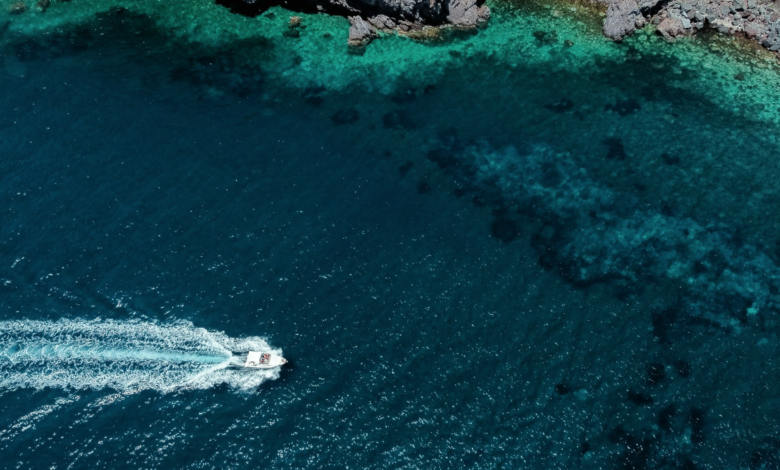Marine protected area, 1 in 4 is ghost

By 2030, marine protected areas must cover 30% of the oceans, today they are 7%
Only 1/3 of the world’s marine protected areas have high target of protection and truly defend biodiversity. Most MPAs, on the other hand, cover a very large ocean area but have regulations and management methods that remain unenforceable, or even allow high-impact activities on fauna and flora.
Establishing marine protected areas is one of the cornerstones of the global biodiversity strategy. The Kunming COP15 has set the target of protecting at least 30% of coastal areas by 2030. According to several studies, this percentage would be enough to stem the risk of extinction for 80% of the most vulnerable habitats. It would also have a positive impact on the fishing industry, guaranteeing an increase in fish volumes of 8 million tonnes per year.
So far, only 7% of the oceans are protected and only 3% have a high level of protection. As marine protected areas are established these numbers improve. But a recent study in Conservation Letters found that the quantity and quality of protection do not go hand in hand.
read also World Oceans Day 2023: why take care of the sea
Marine protected areas, 6.7 mln km2 are ghost
By analyzing the 100 largest MPAs in the world, which alone represent 90% of the total subject to protection, the authors calculate that about ¼ of MPAs exist practically only on paper. The management rules adopted are not implemented on these 6.7 million km2. This is the case, for example, with the Cook Islands and the Seychelles.
In other cases, 1/3 of the total, the level of protection is “incompatible with nature conservation” (according to the criteria of the IUCN, the largest conservation organization in the world) because of the human activities taking place there, mainly industrial fishing. The fishing industry “is the main driver of the loss of biodiversity in the ocean, resulting in overfishing, reduction of biomass and destruction of the seabed and benthic habitats”, the authors emphasize.





